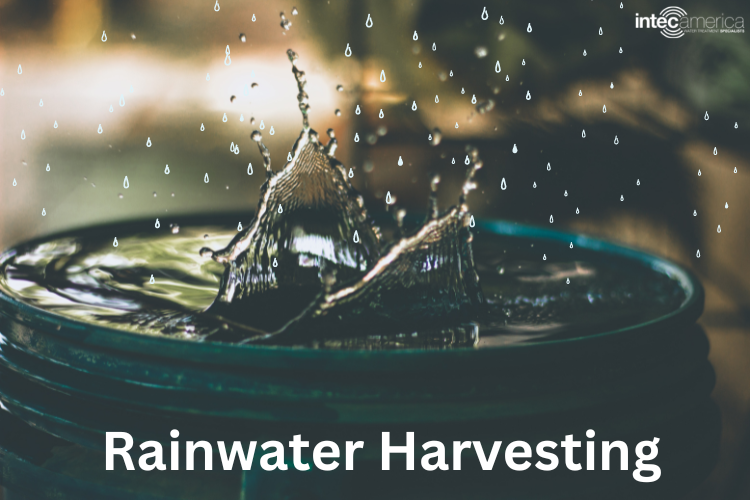Know Everything About Rainwater Harvesting
Rainwater harvesting is the process of collecting, storing, and using rainwater for landscaping, irrigation, and other domestic uses. There are several factors that have contributed to the popularity of rainwater harvesting in recent years. One of the most important is the increasing awareness of the importance of water conservation. With droughts becoming more common in many parts of the world, people are looking for ways to reduce water usage. Rainwater harvesting is an effective way to do this, as it allows you to collect and store water for use during dry periods. In addition, rainwater harvesting can also help to reduce your water bill. In many areas, the cost of drinking water is increasing, making it essential to find ways to reduce dependency on public resources. Rainwater collection can slash your water bill by allowing you to use water from rain. Finally, the process can positively impact the environment in many ways. Would you like to know more about the process? If yes, then this post is for you.

Types of Rainwater Harvesting
There are many ways to harvest rainwater, and the best method for you will depend on your specific needs. The following are the most popular methods widely employed for the process.
- Water Butt: Water butt (or rain barrel) is a container used to collect and store rainwater that would otherwise be lost to runoff. Water butts are often used in conjunction with a rainwater harvesting system to collect and store rainwater for later use.
- Direct-Pumped Rainwater Harvesting System (DPRWH): A Direct-Pumped rainwater harvesting system (DPRWH) is a rainwater harvesting system that uses pumps to collect and store rainwater. This type of system is often used in areas where groundwater is scarce or where the terrain makes it difficult to collect rainwater. DPRWH systems typically have three main components: a catchment system to collect the rainwater, a pump to move the water, and a storage system to hold the water. The catchment system can be anything from a simple barrel to a more complex system of gutters and pipes. The pump moves the water from the catchment system to the storage system, which can be anything from a large tank to a series of smaller tanks.
- In-ground Storage Rainwater Harvesting System: In-ground storage rainwater harvesting system is the process of harvesting rainwater and storing it in an underground cistern or reservoir. This type of system is often used in areas where droughts are common, or where the water table is low. The water is stored in an underground tank and then is pumped out and used for irrigation, water for livestock, or even drinking water in some cases. In-ground storage rainwater harvesting systems can be an important tool for water conservation.
Advantages of Rainwater Harvesting
In some parts of the world, rainwater harvesting is still the primary source of water for many people. There are many advantages to rainwater harvesting. It is a sustainable source of water that does not require energy to pump or treat. The other advantages include:
- Reduces flooding
- Reduces erosion
- Creates a sustainable water source
- Reduces energy consumption
- Lowers carbon emissions
How is Harvested Rainwater Used?
Harvesting rainwater is a sustainable way to conserve water resources and can be used in various ways both inside and outside the home. Here are some of the most common uses for harvested rainwater:
- Irrigation: Rainwater can be used to water plants and gardens.
- Landscaping: It can be used to water lawns and landscaping.
- Potable water: In some areas, rainwater is the only source of fresh water available. This water can be used for drinking, cooking, and cleaning.
Having known the benefits and uses of harvested rainwater, it is quite obvious to think about their usefulness in daily life. Many people are still skeptical about using them for drinking. Is rainwater safe for drinking? If yes, how to make rainwater potable. Stay tuned to the next post on rainwater harvesting.


